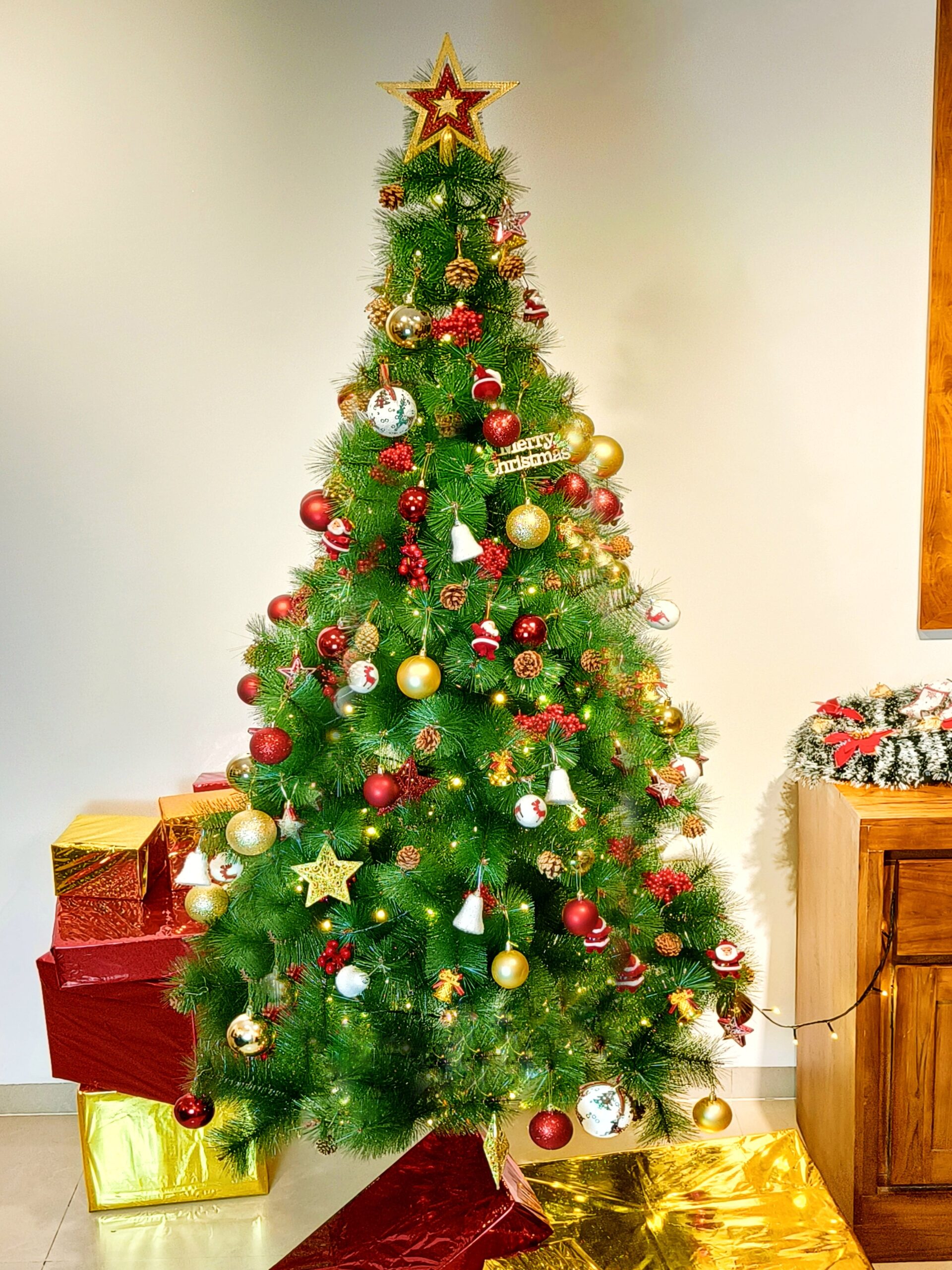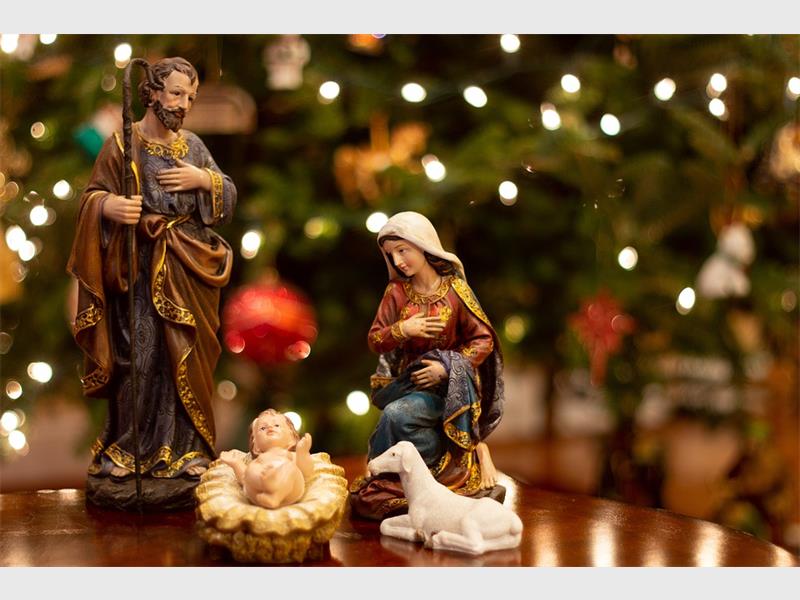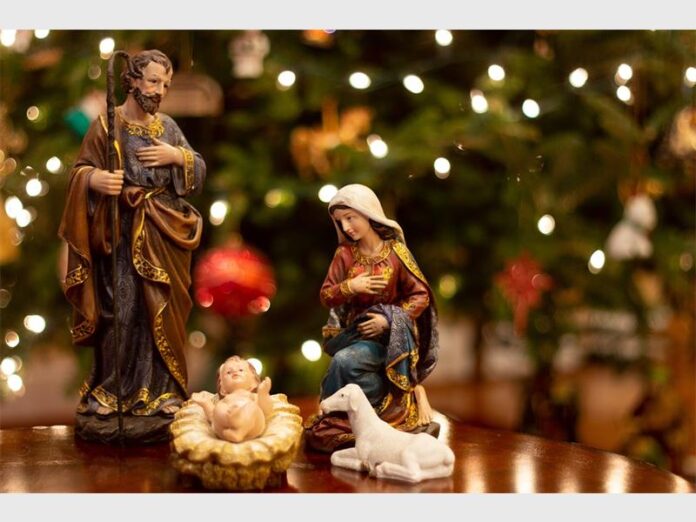One of the most joyous Christian holidays observed in many nations worldwide is Christmas Day, which falls on December 25. It honors the day that Jesus was born.
Having a celebration:
Many countries celebrate this festival, and in the weeks preceding the holiday, a lot of homes decorate with trees and other decorations. Before December 25th, some offices have Christmas parties. Gift-giving, parties, and carol singing are all part of the celebrations.
Children get gifts at this unique time from friends, family, and Santa Claus, often known as Father Christmas. Christmas cards are also exchanged or mailed out prior to this Day.
It is a unique family occasion for some, while others host potluck meals or buffets for their friends. Religious institutions host celebratory events that may feature a live nativity scene or a condensed account of Jesus’ birth.
What’s In or Out of Order?
It is observed as a public holiday in a number of nations, including the US, UK, Canada, and Australia. Government buildings, schools, a lot of businesses, and post offices are closed on this day. Check with your local transportation authority for any schedule changes if you want to take public transportation.
Concerning Christmas Day:
It is commemorates the birth of Jesus Christ, who is revered by Christians as the divine Son. The precise date of his birth remains unknown due to the scarcity of information regarding his early life. The scholarly community is divided on the exact date of Jesus’ birth. While some Christians observe it on December 25, Orthodox Christians usually mark the occasion around January 7.
Christ’s Mass is known by its old English phrase, “Cristes maesse,” from which the modern word “Christmas” is derived. Given the timing of the Roman festivals of Saturnalia and Natalis Invicti, which were observed around this time, it is probable that December 25th was selected as the date for Christmas. Maybe it was chosen to fall in line with the celebration of the “true light of the world” during the December solstice, when the northern hemisphere experiences an increase in daylight. Teutonic, Celtic, Roman, Western Asian, and Christian traditions are just a few of the cultures that have affected Christmas celebrations.
Signs:
During Christmas, mistletoe is frequently utilized as décor. It is customary for people to kiss one other when they cross paths beneath dangling mistletoe. Plants that are parasitic are found in mistletoe, and mistletoe growing on oak trees was said to have been sent from heaven by the Druidic tradition.
Other popular decorations are holly and ivy, which are related to the foliage used in festivities, particularly those with pagan roots.
Images of Santa Claus, sometimes referred to as Father Christmas, together with snowmen, reindeer, and candy canes are frequently found on Christmas-related cards, posters, signs, and other items. On festive eve and Day, one can also see representations of the Nativity, the Christmas star, and other holy symbols.
Facts :
- Twenty-five to thirty million genuine trees are sold annually in the United States alone. The average x-mas tree takes four to fifteen years to grow before being marketed, and there are about 15,000 tree farms in the US for festival purpose .
- Just like at contemporary Mardi Gras parties, it’s celebrations in the Middle Ages were boisterous affairs involving copious amounts of alcohol and merriment.
- A five-shilling fee was imposed on individuals who broke the law of celebrating Christmas in Boston between 1659 and 1681.
- United States federal holidays began with the declaration of Christmas on June 26, 1870.
- Captain John Smith’s Jamestown settlement in 1607 is where the first known Christmas cracker cracking incident occurred.
- Joel R. Poinsett, a Mexican-American minister who introduced red and green foliage to the United States in 1828, is honored with the term poinsettias.
- From the 1890s till the present day, the Salvation Army has been posing as Santa Claus and begging for money on the streets.
- In 1931, the Rockefeller Center Christmas Tree tradition was started by construction laborers.
One of the most joyous Christian holidays observed in many nations worldwide is Christmas Day, which falls on December 25. It honors the day that Jesus was born.

Having a Christmas celebration
Many countries celebrate Christmas Day, and in the weeks preceding the holiday, a lot of homes decorate with Christmas trees and other decorations. Before December 25th, some offices have Christmas parties. Gift-giving, parties, and carol singing are all part of the celebrations.
Children get gifts at this unique time from friends, family, and Santa Claus, often known as Father Christmas. Christmas cards are also exchanged or mailed out prior to Christmas Day.
Christmas is a unique family occasion for some, while others host potluck meals or Christmas buffets for their friends. Religious institutions host celebratory events that may feature a live nativity scene or a condensed account of Jesus’ birth.
What’s In or Out of Order?
Christmas Day is observed as a public holiday in a number of nations, including the US, UK, Canada, and Australia. Government buildings, schools, a lot of businesses, and post offices are closed on this day. Check with your local transportation authority for any schedule changes if you want to take public transportation.
Concerning Christmas Day
Christmas commemorates the birth of Jesus Christ, who is revered by Christians as the divine Son. The precise date of his birth remains unknown due to the scarcity of information regarding his early life. The scholarly community is divided on the exact date of Jesus’ birth. While some Christians observe it on December 25, Orthodox Christians usually mark the occasion around January 7.
Christ’s Mass is known by its old English phrase, “Cristes maesse,” from which the modern word “Christmas” is derived. Given the timing of the Roman festivals of Saturnalia and Natalis Invicti, which were observed around this time, it is probable that December 25th was selected as the date for Christmas. Maybe it was chosen to fall in line with the celebration of the “true light of the world” during the December solstice, when the northern hemisphere experiences an increase in daylight. Teutonic, Celtic, Roman, Western Asian, and Christian traditions are just a few of the cultures that have affected its celebrations.
Signs
During this festival, mistletoe is frequently utilized as décor. It is customary for people to kiss one other when they cross paths beneath dangling mistletoe. Plants that are parasitic are found in mistletoe, and mistletoe growing on oak trees was said to have been sent from heaven by the Druidic tradition.
Other popular festival decorations are holly and ivy, which are related to the foliage used in festivities, particularly those with pagan roots.
Images of Santa Claus, sometimes referred to as Father of the festival, together with snowmen, reindeer, and candy canes are frequently found on Christmas-related cards, posters, signs, and other items. On Christmas Eve and Day, one can also see representations of the Nativity, the Christmas star, and other holy symbols.

Facts about Christmas
-
Twenty-five to thirty million genuine X-mas trees are sold annually in the United States alone. The average tree takes four to fifteen years to grow before being marketed, and there are about 15,000 x-mas tree farms in the US.
-
Just like at contemporary Mardi Gras parties, it’s celebrations in the Middle Ages were boisterous affairs involving copious amounts of alcohol and merriment.
-
A five-shilling fee was imposed on individuals who broke the law of celebrating this wonderful festival in Boston between 1659 and 1681.

-
United States federal holidays began with the declaration of Christmas on June 26, 1870.
-
Captain John Smith’s Jamestown settlement in 1607 is where the first known Christmas cracker cracking incident occurred.
-
Joel R. Poinsett, a Mexican-American minister who introduced red and green foliage to the United States in 1828, is honored with the term poinsettias.
-
From the 1890s till the present day, the Salvation Army has been posing as Santa Claus and begging for money on the streets.
-
In 1931, the Rockefeller Center Christmas Tree tradition was started by construction laborers.


